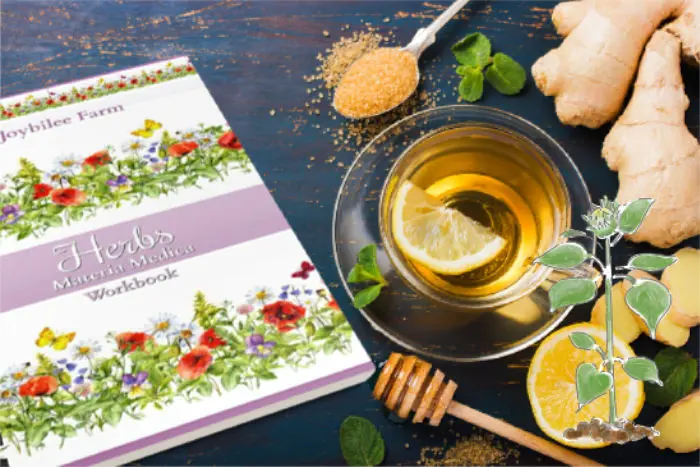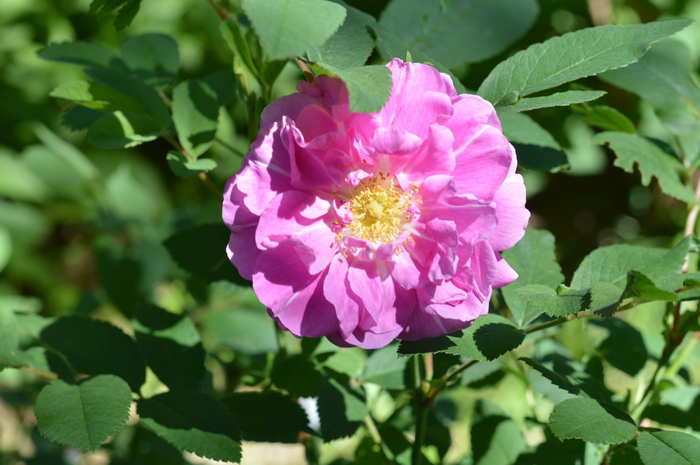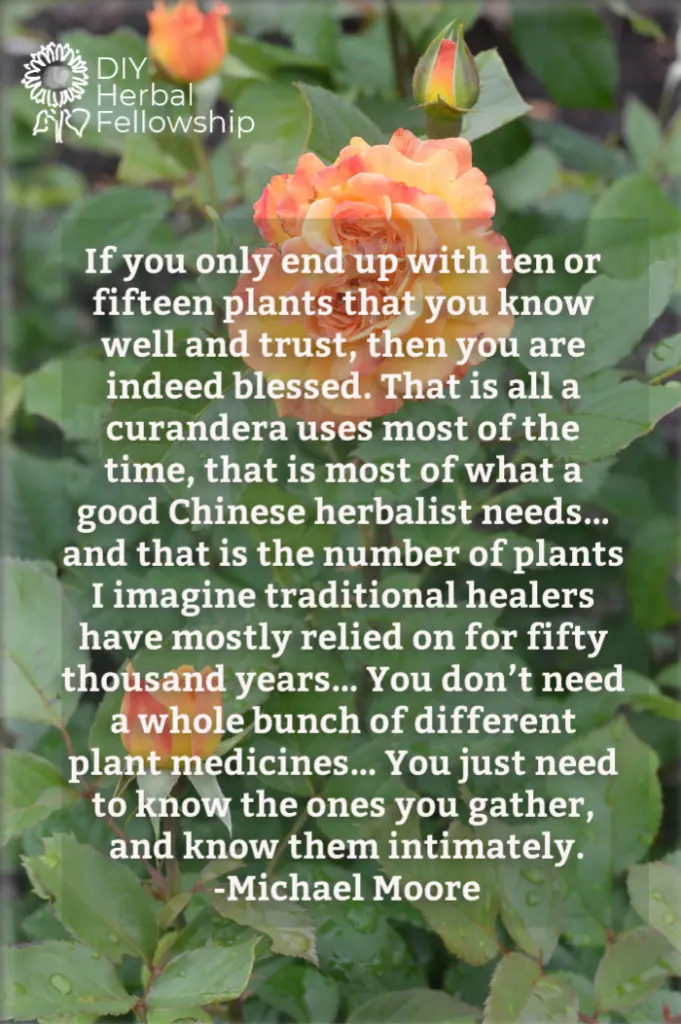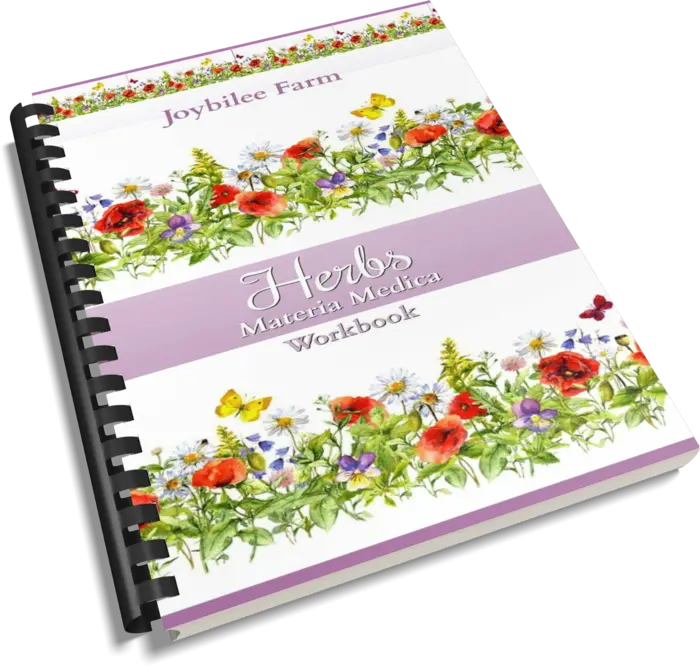What is a Materia Medica?
Herb students compile a materia medica to help them with their studies. A materia medica gives place to the important information about each herb, including what it looks like, how it grows, how to propagate it, as well as important things that herbalists take into consideration like energetics, taste, and flavor. The materia medica is a guide to the important information herbalists need to make confident decisions about herbs for medicinal, therapeutic, and culinary use.
If you are looking for a plant to use in an infused oil because you are making a moisturizing facial lotion you might look to a plant like elderflower with a traditional use as an anti-aging skincare plant, or dandelion with its anti-inflammatory actions. By creating a personal materia medica you know what you have access to, as well as what has worked in the past. Your materia medica also reminds you when a plant shouldn’t be used and if it is generally considered safe during pregnancy or lactation.
The Latin phrase “materia medica” means “healing materials”. It is an encyclopedia of herbal knowledge organized around individual plants. A materia medica gathers information from different sources and distills it into one place to make research on individual plants easier to find.
You’ll notice when you are reading herbal books that many herbal reference books contain pages at the back with a materia medica. In fact some herb books are just one big materia medica. You probably also noticed that one source doesn’t give you the whole picture on any one plant. You need to look at different sources to find the information you need on each plant.
Why do you need a personal materia medica?
No book contains all the information on every herb that you might need so it’s always a good idea to compile a personal materia medica as you get to know your own plant allies.
A materia medica is a work in progress. As you get to know your plant allies better, you can add more information to your materia medica on each plant. Don’t be afraid to include personal observations in your own materia medica. You aren’t limited to what you find in books.
What is the difference between a materia medica and a herbarium?
A materia medica is a written record of an individual herb or plant. The focus is on its medicinal and cultural importance. Historical use and modern scientific research is included. On the other hand, a herbarium contains a systematically arrange collection of dried plants and plant materia, which may or may not include a materia medica on each plant.
Best practices for creating your own Materia Medica
Focus on one herb at a time
Invest in experiencing each herb as it grows, as well as in herbal preparations. Taste it, smell it, touch it. Record how it makes you feel. Identify the living herb either by growing it or by finding it in the wild. Research its historical uses. Use Google Scholar to locate abstracts and scientific studies where the herb was used. Talk to other herb students about their experiences with the herb.
A good timeframe is to dedicate a month to studying each herb, in order to really get to know it. Since most people can’t grow herbs year round you may study the growing herb for only a month or two while it is actively growing. Then you might come back later and do the other research, using the dried herb.
When you are researching the herbal actions be sure to use diverse sources, as many older materia medica don’t contain the information about the herb that newer studies contain. While modern scientific research often neglects traditional knowledge.
When looking at the contraindications for your herbal subject, look for actual scientific evidence of drug interactions or other contraindications. In many cases drug interactions have been assumed based on other assumptions of how an herb works, but in clinical practice the supposed drug interactions don’t manifest.
Even after thousands of years of human-herbal interactions there is so much we don’t know. Perhaps you will be the one to discover important, lifesaving information as you compile your own personal materia medica.
How to use a materia medica
Plan to study one herb at a time and fill out the materia medica as you research each herb.
Use taste, touch, smell, sight, and hearing to learn as much as you can about the herb you are studying. The more sensory information and learning modalities we use to connect with what we are learning, the more intuitive understanding we gain of each herb. This intuition is an important resource when our loved ones are sick or we face a health crisis.
I hope that as you create your own Herbal Materia Medica you will form a deep connection and gratitude for the medicinal and culinary herbs that you have growing around you and accessible to you, but also that they help you form a deep connection to the Creator who made them and declared, “On both riverbanks will grow all kinds of trees for food; their leaves will not dry up, nor will their fruit fail… so that this fruit will be edible, and the leaves will have healing properties.” – Ezekiel 47:12 Complete Jewish Bible
Download the Materia Medica Workbook
Download this Materia Medica Workbook and fill it in using the Rose Medicine masterclass plus your own references.




